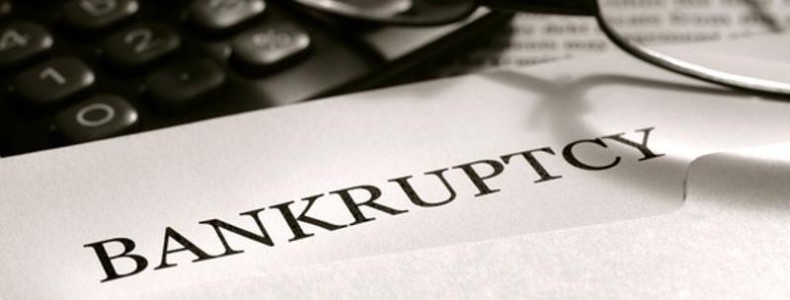Supreme Court Allows Withdrawal of Insolvency Application after Admission

In a latest judgment, the division bench of the Supreme Court comprising of J. Rohinton Fali Nariman and J. Sanjay Kishan Kaul, in Lokhandwala Kataria Construction Private Limited v. Nisus Finance and Investment Managers LLP[1] recorded consent terms between the parties after admission of the application under the Insolvency and Bankruptcy Code 2016 (the “Code”).
In this case, the question arose whether in view of Rule 8 of Insolvency and Bankruptcy (Application to Adjudicating Authority Rules 2016) Rules (“I&B Rules”), National Company Law Appellate Tribunal (“NCLAT”) can exercise its inherent power under Rule 11 National Company Law Appellate Tribunal Rules 2016 (“NCLT Rules”) to allow a compromise between the parties after admission of insolvency application.
The parties to the case reached into consent terms after admission of the insolvency application. Rule 8 of I&B Rules allow parties to withdraw the application prior to the admission. However, there is no provision to allow the withdrawal after admission of the application. The appellant in this case approached NCLAT and invoked its inherent power under Rule 11 of the NCLT Rules. Rule 11 allows NCLAT to make orders for meeting the ends of justice. However, NCLAT refused to invoke its inherent power.
The aggrieved appellant approached the Supreme Court to challenge the impugned judgment of the NCLAT. The Supreme Court though upheld the view of the NCLAT that it cannot use its inherent power to allow the withdrawal of application, instead used its own inherent power under article 142 of the Constitution and took the consent term on record. It allowed the parties to withdraw the application on the undertaking of the appellant to pay the outstanding dues to the applicant as per the consent terms.
In our view, the Supreme Court order sets a wrong precedent with this judgment. The Supreme Court is justified to exercise its inherent power under Article 142, if there is a lacuna in law. However, there is a clear rational for the Code not allowing a withdrawal after the application is admitted. The process under the Code is not of a normal dispute resolution process between two parties. An admission of the application under the Code triggers the whole process of insolvency resolution process. Every creditor has a right to participate in this process. If a debtor is allowed to settle the claim of the applicant at this stage by paying off the applicant, the interest of all other creditors will be severely affected. It will reduce the whole Code into a mere recovery tool for the early bird creditors. The Supreme Court judgment disregards this rationale while allowing the parties to settle the claim after the admission and withdraw the application.
[1] Civil Appeal No. 9279 of 2017
By entering the email address you agree to our Privacy Policy.



